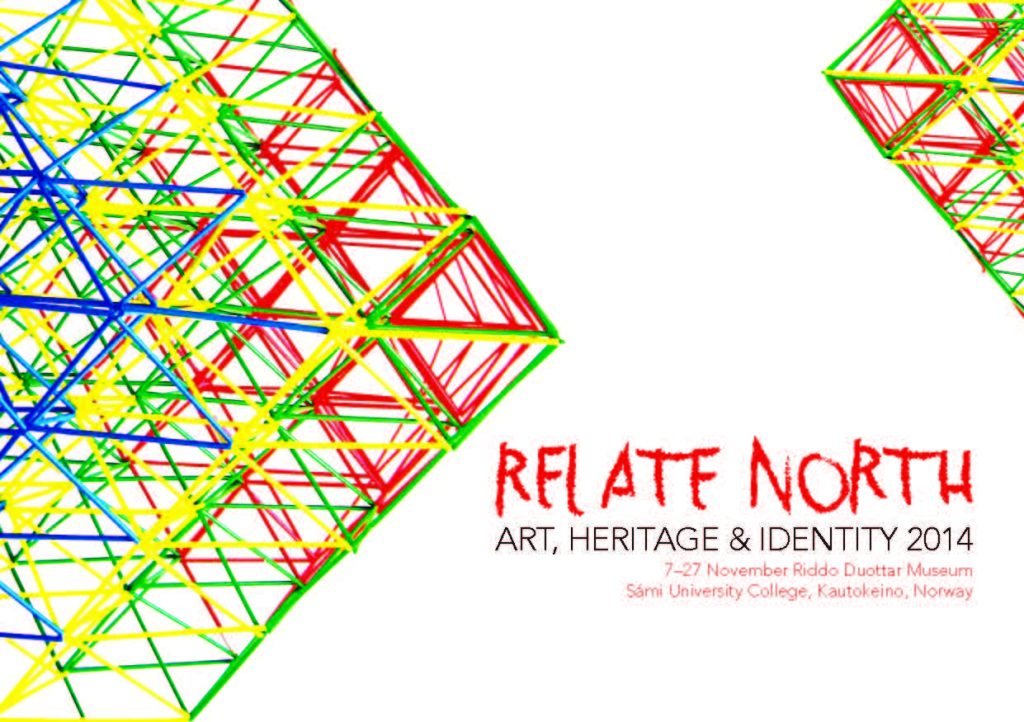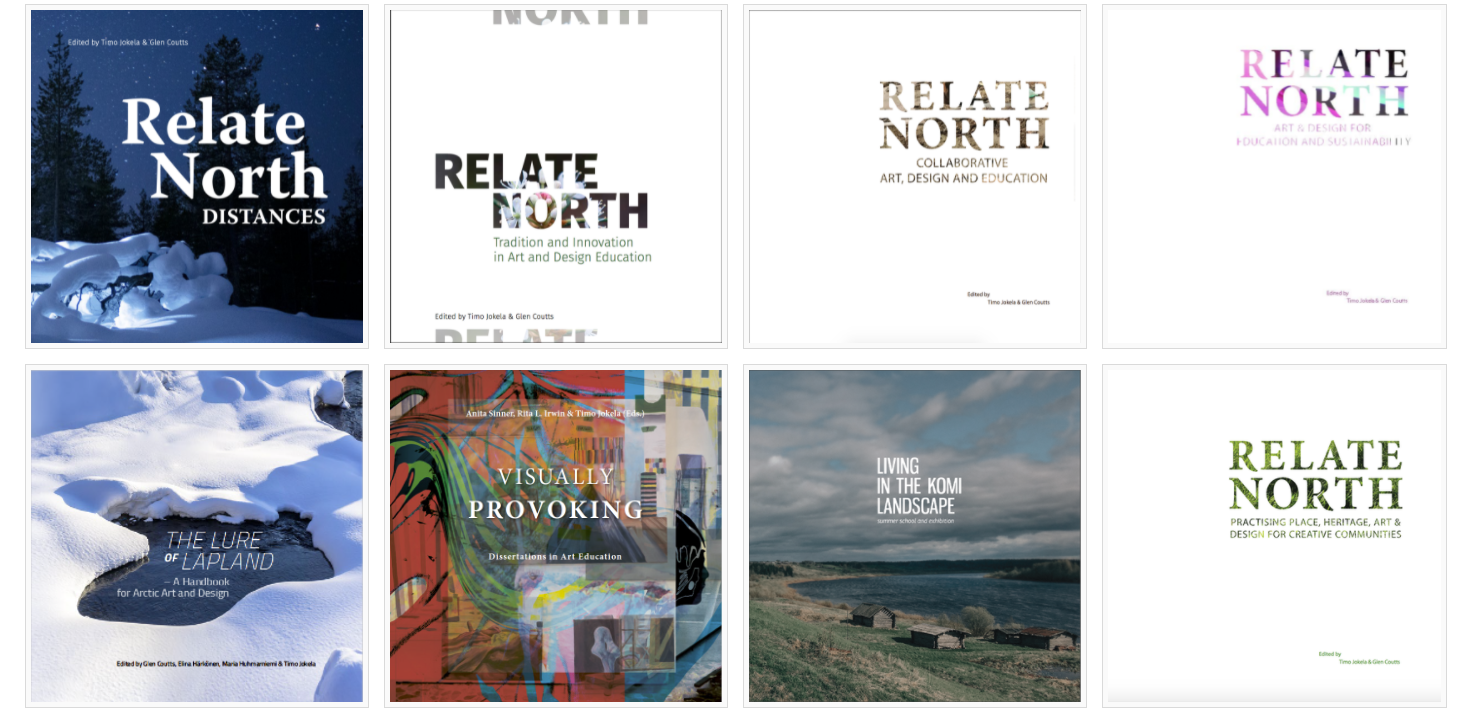
Since its establishment, ASAD has hosted the annual Relate North symposium and exhibition across the Arctic from Alaska to Russia, combining art and research perspectives to address current topics. The North possesses a vast set of knowledge and skills, built over generations by Indigenous peoples and other northerners and manifested in the region’s modern institutions of knowledge held by communities—for the future of the arts, design and visual culture in the circumpolar North.

The Arctic Sustainable Arts and Design network (ASAD) aims to identify and share contemporary and innovative practices in teaching, learning, research and knowledge-exchange in the fields of arts, design and visual culture education. The network consists of art and design art education universities in the circumpolar area. Combining traditional knowledge with modern academic knowledge-cultures at northern academic institutions represents a unique opportunity unique for the Arctic.
Since its establishment, the network has actively engaged with the UNESCO Sustainability Development Goals and Arctic Council SDWG goals as they apply to the challenges and changes taking place in the Arctic in the field of art and design education. One of the key aims is to raise the profile of art and design education for decision makers at, for example, UNSECO and the SDWG.

The challenges facing Northern and Arctic communities—particularly climate change, globalization, urbanization, unemployment and shifting demographics—demand sustainable solutions and a paradigm shift in the way that art and design education and research are conducted in order to meet such challenges. The ASAD network is one proactive response to those challenges, and many of the concerns, known from research-collaborations, are shared by the network’s colleagues; artists, designers, creative facilitators, academics and students.
Research in the North and the Arctic suggests that the environments and sociocultural settings of the region could work as a “laboratory” for innovative research in art and design education. We believe that the special circumstances of the region can act as an effective arena in which to develop context-sensitive and practice-based methods in contemporary art and art education. Further, methods that have been developed and tested in the North may be of interest to a wider constituency, for example researchers that share similar concerns.
The ASAD network has been encouraged by the developments that have taken place and the tenacity and creativity of its colleagues and students, but does not underestimate the extent of the challenges facing Northern and Arctic communities with regard to harnessing the power of art and design to help address sustainability issues. We suggest that the developments taking place at the University of Lapland and in the ASAD network may amount to a new genre of art and design education worthy of further research, development and testing in the field.
Recent Relate North publications are available here.

Note: The events described in this article took place prior to the Russian invasion of Ukraine.
Credit: This article was originally published in “The North and the Arctic: A Laboratory of Art and Design Education for Sustainability” in T. Jokela, & G. Goutts (eds.), Relate North: Art & Design for Education and Sustainability (Lapland University, Finland), pp. 98-117.
This story is part of the Finland Spotlight. View more content from the Spotlight here.
